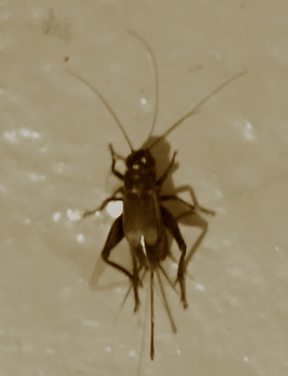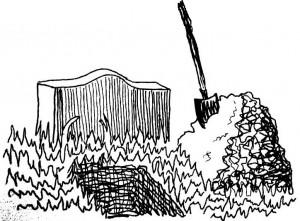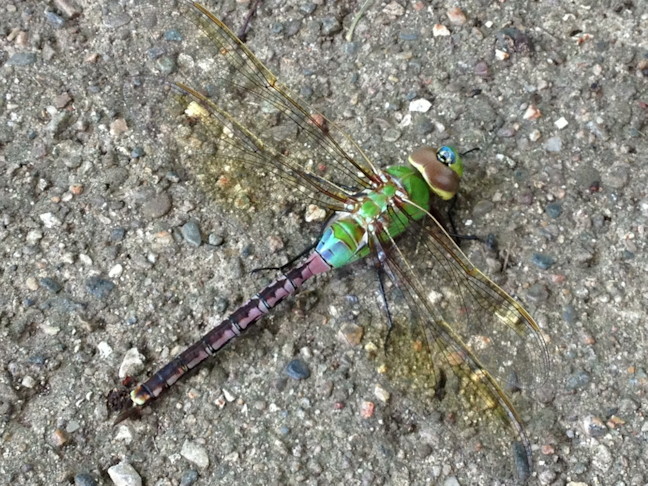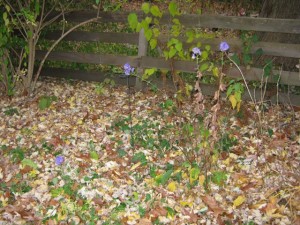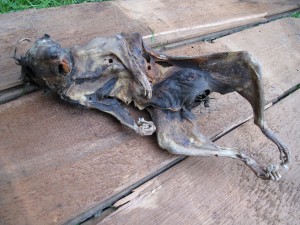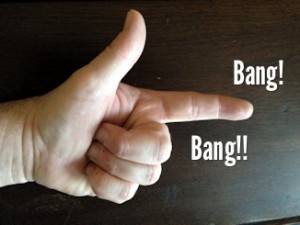
I am not the bad-ass in life that I am in my dreams but today, I learned that I’m not very bad-ass even in make-believe. I “survived” a two-hour scenario-based training session designed to model responses to an active shooter in my workplace. It was not at all what I expected and in particular, my responses were not what I expected.
I thought there’d be little new for me. Heck, I’m a horror writer, who has researched mass shootings for my writing. I’m a gamer who has played my share of “First Person Shooter” style games. I have fired a variety of hand guns during my life from flintlock to nine millimeter. Ho-hum. Come to find out, however, I have not really been shot at.
The training started, as all training does these days, with a slide presentation. It was boring and factual and though it presented horrifying information, numbers can induce only a limited amount of shock. There were technical difficulties, but when the closing video finally did play, my heart began to beat in a different way. I’ve seen surveillance footage of school shootings, listened to numerous 911 calls but somehow this was different. I was being encouraged to actively imagine myself in this context, to learn from what was happening. The presentation took so long that I thought, maybe, there wouldn’t be enough time to run the scenarios, that we’d be let go chastised with a bit of book-learning. I was wrong. There was plenty of time. Many of the worst shooting incidents in history were over in 8 minutes.
We broke into groups, roughly the same number of students in an average class, and filed into classrooms. There were to be three scenarios where we were to model three different techniques: lockdown, barricade, confrontation. We waited until we heard the shots to start our reactions. The shot sounded fake, too high, lacking the presence of the rounds I’ve fired on a shooting range. If I didn’t know what to expect, it would have been extremely easy for me to dismiss it as something innocuous. I dove beneath a table, knowing we were sitting targets if the shooter came in our room. Then someone noticed an attached office. We regrouped into this smaller space, blocked the plate glass windows as best we could. The shooter entered and fired, describing the people he could see, naming his victims. I cowered behind a filing cabinet, out of sight I hoped.
The second scenario we were to barricade the doors. These doors had no internal locks, but the lever-action door handles meant that we could wedge a chair leg in such a way that kept it from opening. That was the idea at least. Our wedge slowed down our shooter for an instant but he still got in. We’d piled flimsy desks in front of the opening too, but since the door opened outward, they simply toppled out into the hall. When the gun shots started, some of us retreated to the back office to a secondary barricade back there. When this scenario ended, my back was pressed against a short cinderblock wall. It was difficult to coax my body to move.
After this second scenario, I began to realize I was no bad-ass. I could not feel my fingers on either hand, my lips were numb, I could see my pulse throbbing in my vision. I felt fundamentally weak in my upper torso, just above my solar plexus. I thought “Do they have many casualties during these trainings, old fat guys like me who keel over with heart-attacks?” Part of what I was feeling was dread though. In the first two scenarios I had not actually seen the shooter. I hid. The final scenario was to role-play confronting the shooter. I knew that in a couple minutes, I was likely going to be shot.
I mean of course “shot.” The shooter was a well-trained professional, skilled in the use of blanks. Still there was the scent of a discharged weapon in the air, that dry spicy smell, something like burning leather. It seemed so wrong, so out of place to smell gunfire in a classroom. The shooter entered. He fired. We began throwing things at him to distract him. We’d been equipped with foam balls to represent objects we could throw (water bottles, a stapler), but it didn’t take long to run out of easy distractions. He kept shooting. In the end, the most effective thing I did during the entire training was to toss a stack of index cards. They fluttered through the air in all directions, buying someone a couple more seconds of life. Then the shooter aimed and shot me. Dead.
And it was over. The scenarios had taken roughly 15 minutes. The survivors and the slain helped re-arrange the classroom. We’d broken three of the desks. The trainers warned us that sometimes the people portraying shooters are actually wounded by over-zealous participants in the confrontation phase. I had made a mental note, don’t be too rough on him since I still thought I’d be a bad-ass. The closest I ever got to the shooter was after everything was done, when I went up to shake his hand, to thank him for the valuable lessons I’d learned.
“Is it hard?” I asked him, “to play the shooter?”
He smiled, “Not really. I don’t cuss in everyday life, though.”
Maybe we were all role-playing, pretending to be someone other than who were really are. Maybe really, deep down, I am a bad-ass and I’d be a hero if the moment came. After today’s training, I hope I never, ever have to find out. But I did learn that it doesn’t take much to make a difference. A few seconds of delay, a bit of distraction, a frustrated entrance, an obscured shot. The scenarios –like the real-life incidents they model– were over before we knew it. Moral of the story: stay alive, keep responsive and keep looking for options, do whatever you can.
That’s probably good advice even for days when you don’t encounter an active shooter.

